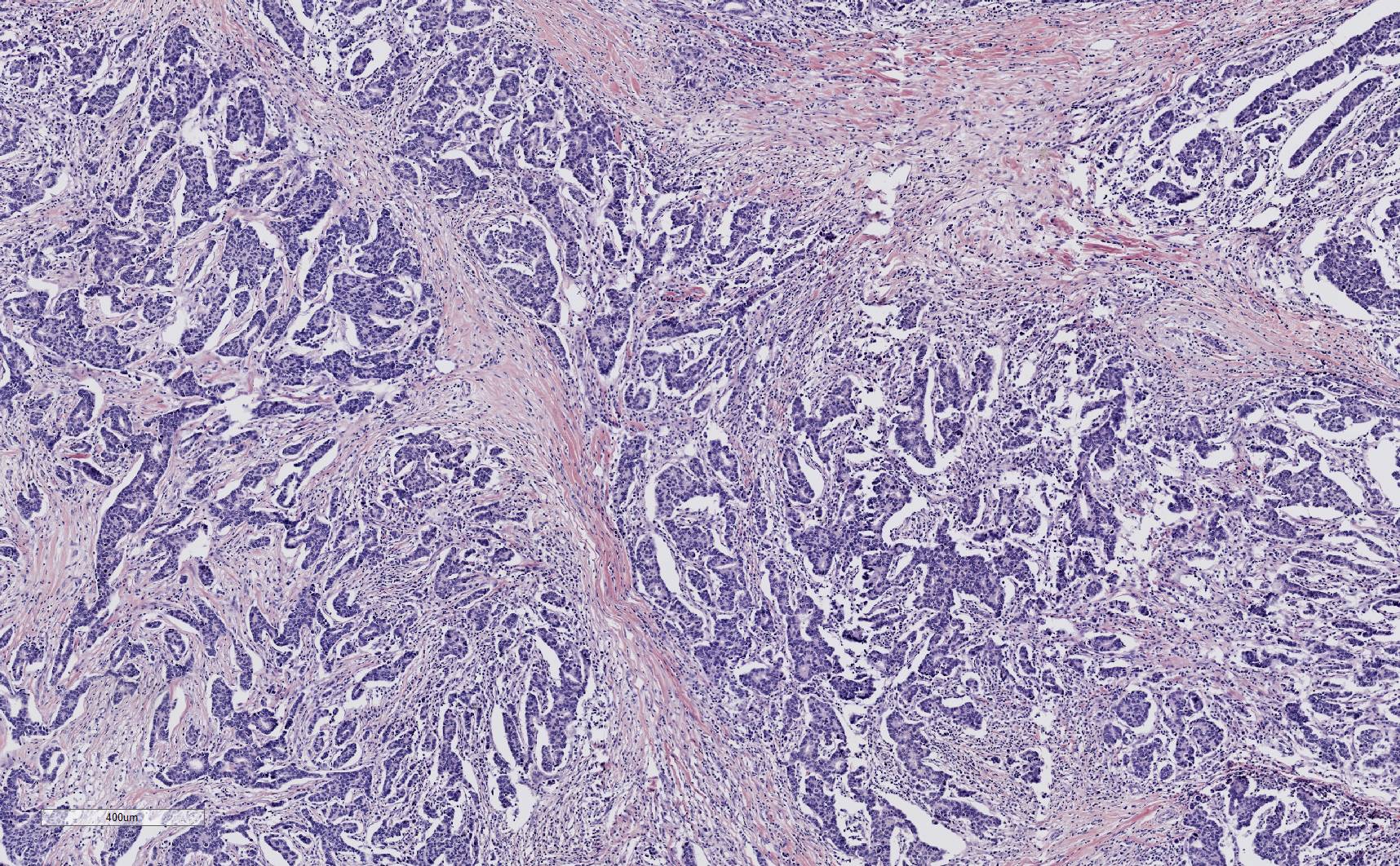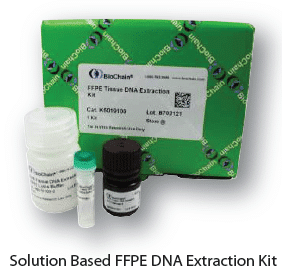
An Introduction to FFPE & Frozen Tissue Samples
FFPE vs frozen tissue will be explored in this article. Medical research on cancer and other diseases requires access to unique tools and materials - including specimens to study. For instance, if you are examining cell shape and structure (morphology), disease states, intra- and inter cellular communication, or related topics, it is incredibly useful to have access to reliable sections of biopsied tissue. Since most biological materials are both fragile and perishable, care must be taken to be certain that they are prepared and preserved properly. There are two major tissue preparation methods used today. For decades, tissues have been saturated with formalin (aka formaldehyde) and then embedded in a block of paraffin wax (referred to as formalin-fixed paraffin-embedded or FFPE tissue). With the advent of reliable ultra-low temperature freezers and plentiful supplies of liquid nitrogen, it has become feasible to freeze tissue as a second means of long term storage. Each of these two methods comes with advantages and disadvantages. The following is a comparison of the strengths and weaknesses of these two preservation methods.
FFPE Tissues
Formalin-fixed paraffin-embedded tissues are the most common sources of archived material. Hospital pathologists have been creating and archiving FFPE tissues for decades. Whenever they study a biopsy taken from a patient, they archive some of this material for later use - sometimes referring back to it, or gaining second opinions, during a patient's course of treatment. Researchers have also preserved donated tissues from humans, or materials collected from animals, to create archives of materials for later study. These archives are called "biobanks" and can be developed by universities and hospitals, or created for commercial purposes by companies that serve the research community.
These activities have resulted in availability of vast collections of material for subsequent study. Since these archives have been created over a very long time, they can offer a historical perspective, as well as simply being a plentiful source of research material. Since FFPE tissue can be stored in a cabinet at room temperature, it is cheap to create a large collection that will be stable for a very long time. The formalin and wax preserve fragile structures inside and between the cells in the tissue - which makes FFPE tissue great for folks looking at cell and tissue morphology - such as pathologists who study preserved biopsies to diagnose cancer. The proteins in FFPE tissue are also preserved, not just the structures visible under a microscope.
Histologists can use fluorescently labeled antibodies (or antibodies tagged by other means) that specifically bind to certain proteins to see if they are present in certain cells within tissues, and if the locations and amounts of these proteins are different in diseased vs healthy tissues. This method is referred to as immunohistochemistry (IHC). Lastly, since FFPE is an old and well-established method for tissue storage, pathologists are accustomed to examining, and making diagnoses from, FFPE tissue biopsies. If you want to learn more read our blog post on, what is FFPE tissue and what are its uses.

FFPE Tissue Array

FFPE Tissue Panel

FFPE Tissue Section
FFPE Tissue Disadvantages
- Formalin is volatile, toxic, and smells horrible. Most paraffin-embedding and fixation procedures are also laborious and time-consuming.
- Additionally, while proteins are preserved, they are also denatured. They are no longer biologically active. Also, they may not bind to the same antibodies as the non-denatured (or native) versions of the same proteins. This can somewhat limit their value for certain types of IHC studies, and make them useless for biochemical analysis.
- Another issue is that the nucleic acids (DNA and RNA) in FFPE tissue is not preserved very well. While nucleic acids can be isolated from this type of preserved tissue, it can be of limited use. Therefore, FFPE tissue may not always be suitable for molecular genetic analysis.
- Lastly, most of the FFPE protocols are not standardized. This means that there is no guarantee that samples collected at different times or places were prepared similarly. The non-standardized preparation methods can disproportionately affect the results gained from them - especially in the case of molecular genetic analysis. Some molecular analysis can be done, but much is lost when tissue is preserved using the FFPE method.
Frozen Tissues
Frozen tissues, on the other hand, work very well for molecular genetic analysis - especially if the biopsy materials are dipped in liquid nitrogen in a method called "flash freezing," and then stored in an ultra cold freezer at less than -80 degrees Celsius. Thus, if you have a "-80" freezer and liquid nitrogen, fresh frozen tissues are easy to prepare. Frozen tissue array samples are also very useful for IHC analysis, since proteins are preserved in a native state. These "native" non-denatured proteins can also be isolated in a still active form, for biochemical analysis.
Tissue degrades quickly at room temperature however, and does not store well when kept in a more standard "-20" food or household freezer. You must freeze it as soon as possible, and then keep it very cold. For biopsy tissue, this can be difficult, as surgeons may not have liquid nitrogen handy to flash freeze excised tumor material. A dedicated ultra-low temperature freezer is also needed for you to keep the tissue frozen at all times. Archives of frozen tissues are always vulnerable to power outages or mechanical failures. Carless technicians may also leave precious samples on their laboratory benches, or forget to close a freezer door. Lastly, as a newer method, biobanks generally have smaller collections of frozen tissue.

Frozen Tissue Array

Frozen Tissue Panel
Summary of FFPE VS Frozen Tissue
In summary, FFPE tissues are well-suited to creating large archives of tissues for research. Once prepared, FFPE tissue is very hardy. It does not need special equipment to keep it stable for decades. Pathologists have been making diagnoses from FFPE tissue for decades and are very familiar with it. FFPE tissue can also be used for some IHC studies. FFPE tissue may not be suitable for analysis native proteins, and generally is inferior for the types of genetic analysis, such as PCR, qPCR, or next generation DNA sequencing, that are becoming commonplace.
Frozen tissue, on the other hand, preserves the DNA, RNA, and native proteins. However, frozen tissue archives can be quickly lost due to power outages, mechanical failure, or carelessness in the lab. Frozen tissues are also less familiar to pathologists, who are generally more comfortable making diagnoses after microscopic analysis of FFPE tissue.

FFPE Tissue

Frozen Tissue Array
BioChain: Ease and Convenience
BioChain delivers a comprehensive selection of exceptional DNA isolation kits and reagents to help maximize the confidence that you have in your results. We provide column based kits for manual and magnetic bead based for automated extractions. Our extraction kits can be used for FFPE or Frozen tissue and bodily fluids (e.g. blood, plasma, urine, saliva, and stool). BioChain is also the leading provider of gDNAs and FFPE DNA that have been extracted from hundreds of different tissues and cells. Bulk quantities and OEM manufacturing are also available for purchase at highly competitive prices.

Author
BioChain Institute Inc.

